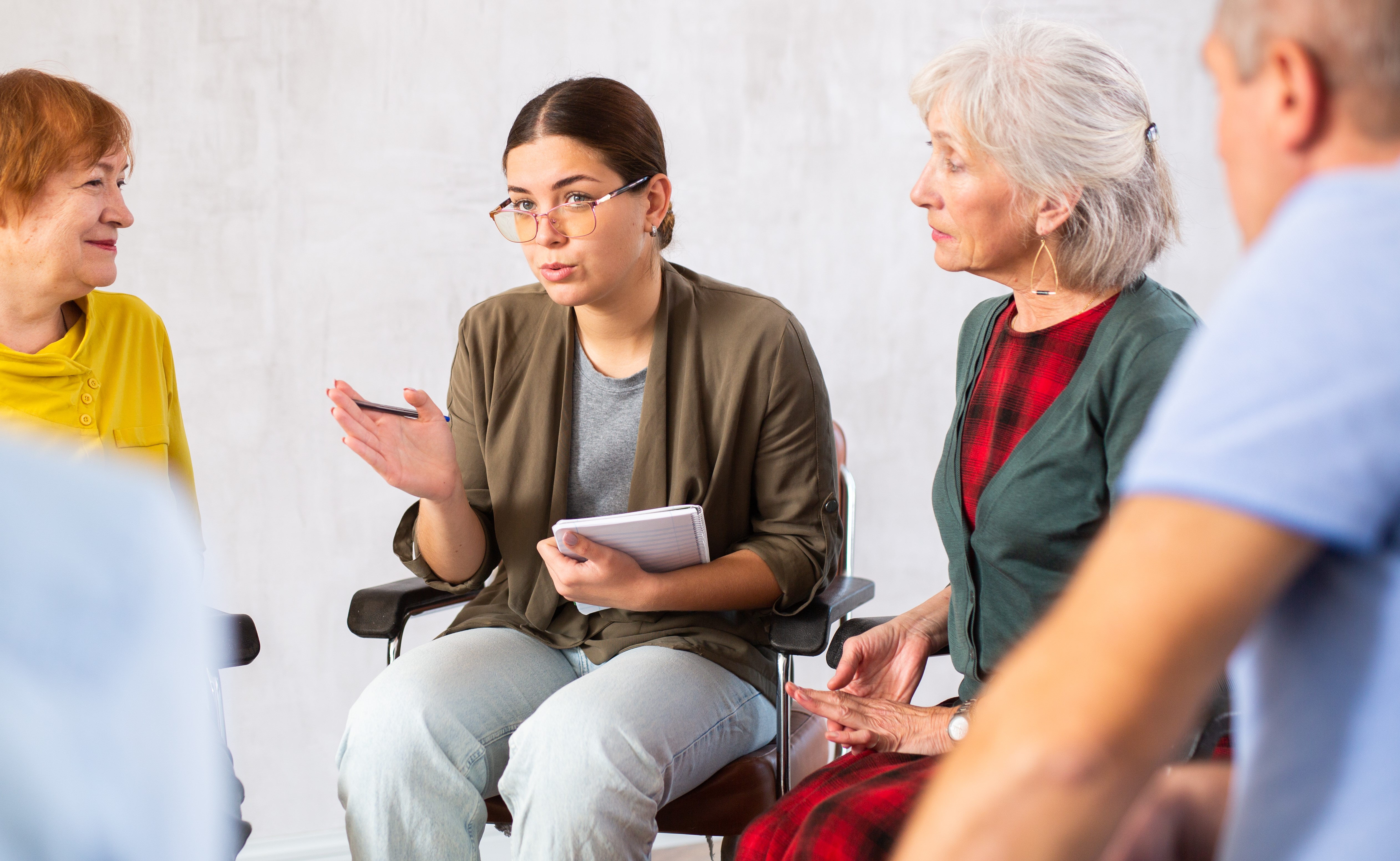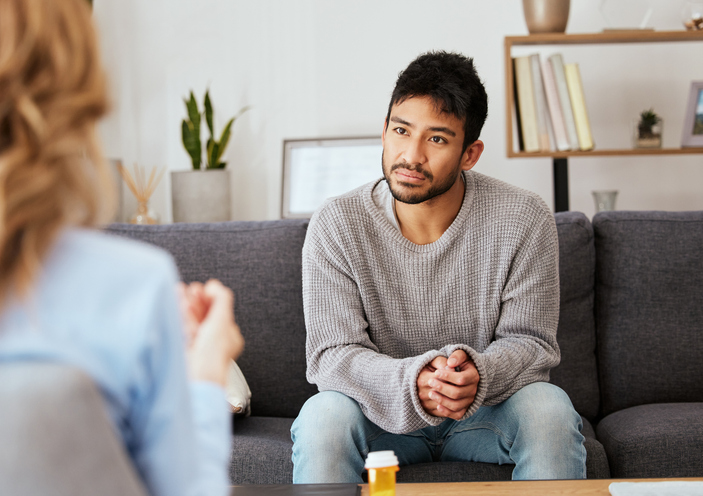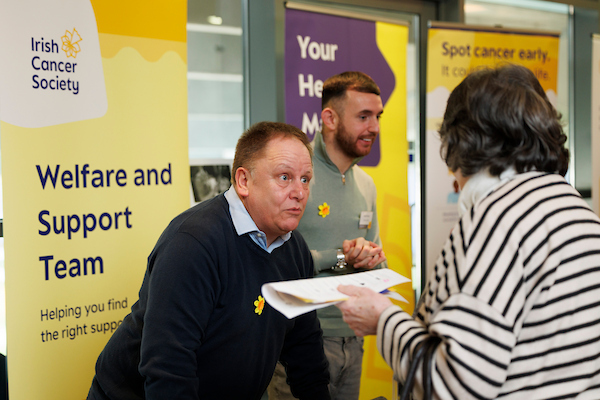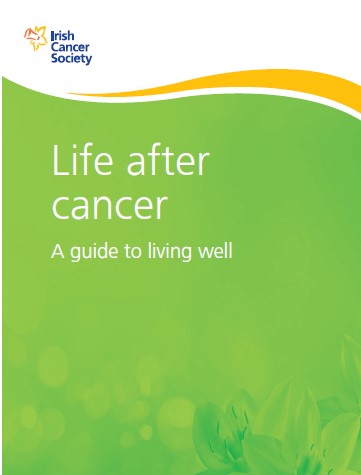Acute myeloid leukaemia (AML)
After treatment
What follow-up do I need?
Once treatment is over and you are in remission, you will still need to go back to hospital for regular check-ups. This is called follow-up.
Tell your doctor if there are any changes in your body or any new symptoms. You will probably have more bone marrow tests to make sure you are still in remission.
At first, your follow-up visits will be quite often but will become less frequent the longer you are well and free from disease. During the first year you may be checked every 1–2 months. After 5 years you will have yearly check-ups.
Sometimes you may need to go to hospital if you get an infection, as your immune system takes time to recover.
If you have had an allogeneic stem cell transplant (a transplant where cells are donated by another person), you will have regular follow-up appointments on a long-term basis. This means you will have the chance to talk to your medical team and get help with any late effects of the treatment.
Make sure you understand your follow-up plan and have a phone number to contact if you have any queries.
If you are between check-ups and have a symptom or problem that is worrying you, call your specialist nurse for advice or to arrange an earlier outpatient appointment if necessary.
If you become suddenly unwell and can’t contact your specialist nurse or hospital team, go to your GP or the emergency department at the hospital.
Why follow up is important
It’s important to go to your follow-up appointments so your doctor can check for signs of the cancer coming back (recurrence) and help with any side-effects that you may have. They can also check for new side-effects that may develop after you have finished treatment. It is best to be aware of these as early as possible so that suitable treatment can be given.
Life after treatment
The end of treatment is a time when people often expect to feel relieved, happy and able to get on with life again, but it can take some time to adjust and for your body and mind to recover.
We have information to help you with:
- Side-effects
- Your feelings after treatment
- Living a healthy lifestyle
- Financial and practical matters
LACES after-treatment workshop

Join our Life and Cancer – Enhancing Survivorship (LACES) programme when you have finished treatment or started maintenance therapy.
This workshop covers topics such as diet, exercise, wellbeing, finance and self-management and gives information on support and services to help you.
What if the cancer comes back?
If the leukaemia cells come back after being treated, this is called recurrence. Recurrence can happen during or soon after treatment, or months or years later.
Your doctor can decide if your cancer has a low, moderate or high risk of recurring. This is based on your white cell count at diagnosis and your response to your first treatment.
Your cancer can recur:
The reason your cancer recurs while you are on treatment may be because the disease has become resistant to the drugs being used. This is known as refractory disease. In this case, other drugs that work well in leukaemia will be given to you. A stem cell transplant might also be considered as a treatment for some patients.
If your cancer recurs some time after treatment, you might have the same chemotherapy drugs you were first treated with, as you responded well to them. More treatment may or may not include a stem cell transplant.
Read more about why cancer can come back after treatment.
Take care of your health
- Allow your body the time it needs to recover.
- Take precautions to avoid infections. Contact your doctor straight away if you have signs of infection or symptoms of AML.
- Have regular dental and eye check-ups.
- Your skin will remain sensitive to the sun following chemotherapy and there can be an increased risk of developing skin cancer following treatment for AML. Wear protective clothing such as long sleeves and hats in the sun and always remember to wear sunscreen.



Talk to a Cancer Nurse

Support Line
Our Daffodil Centres


